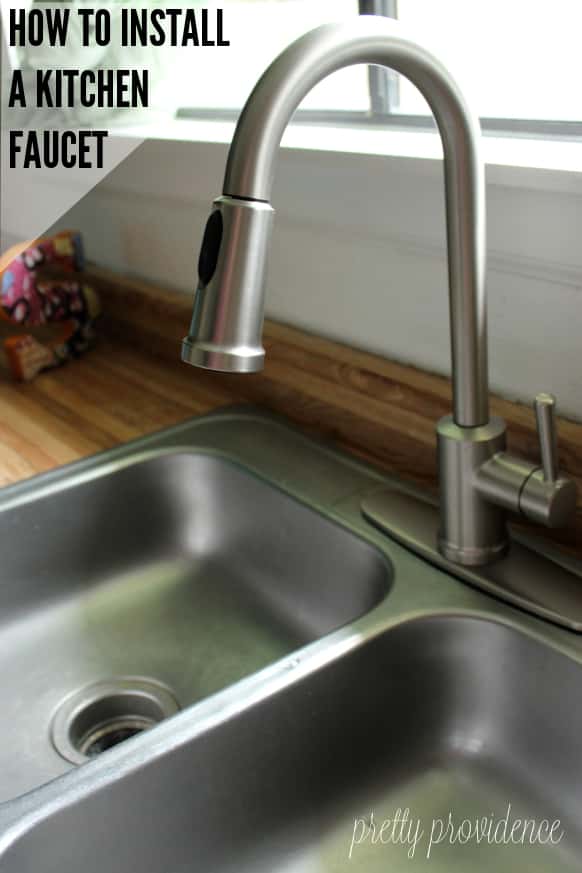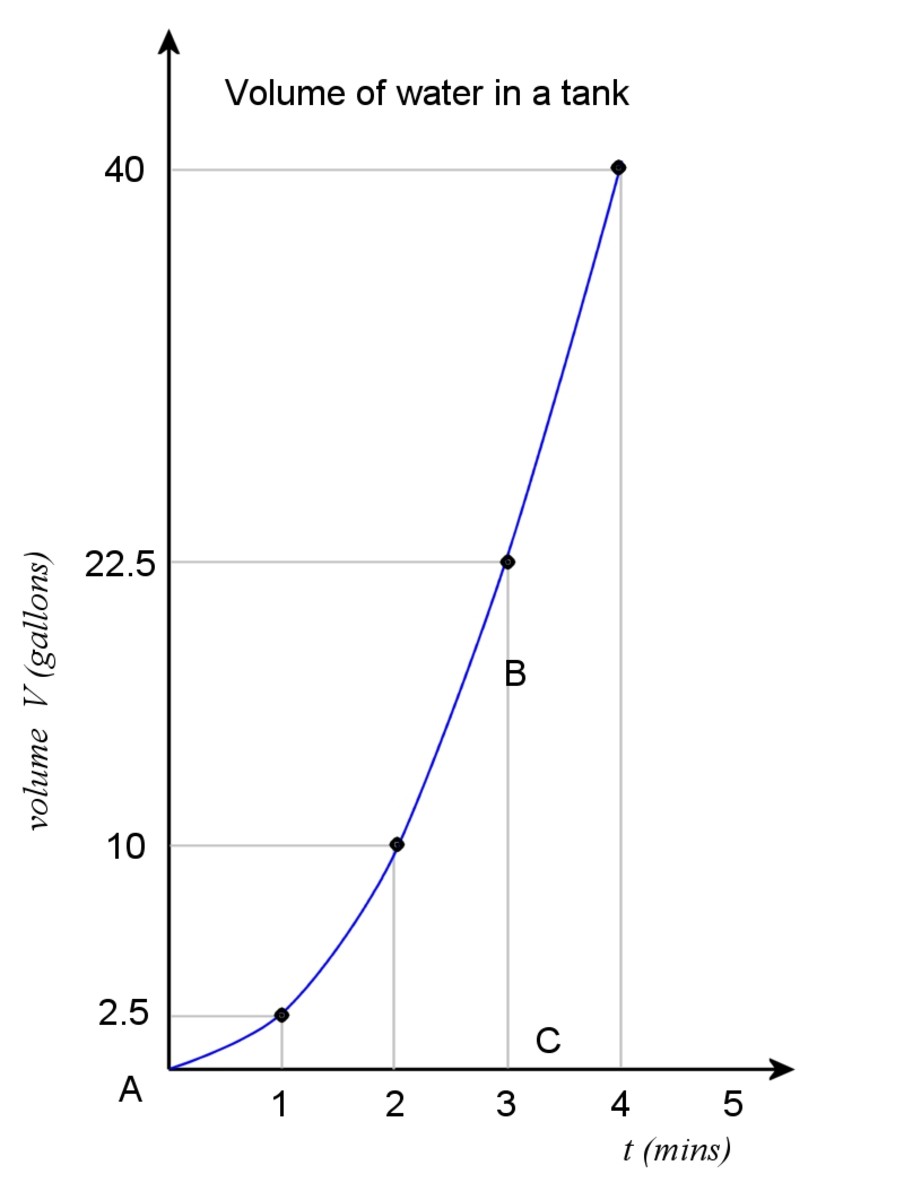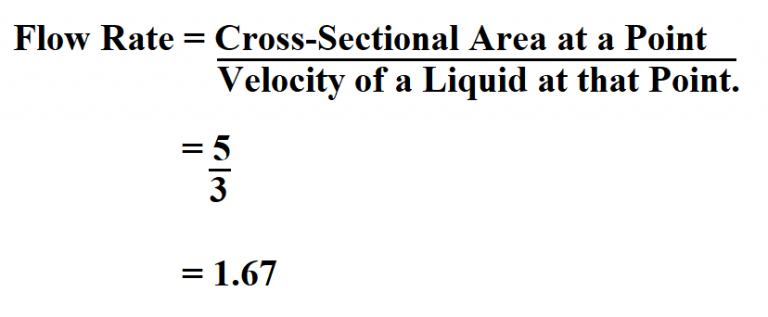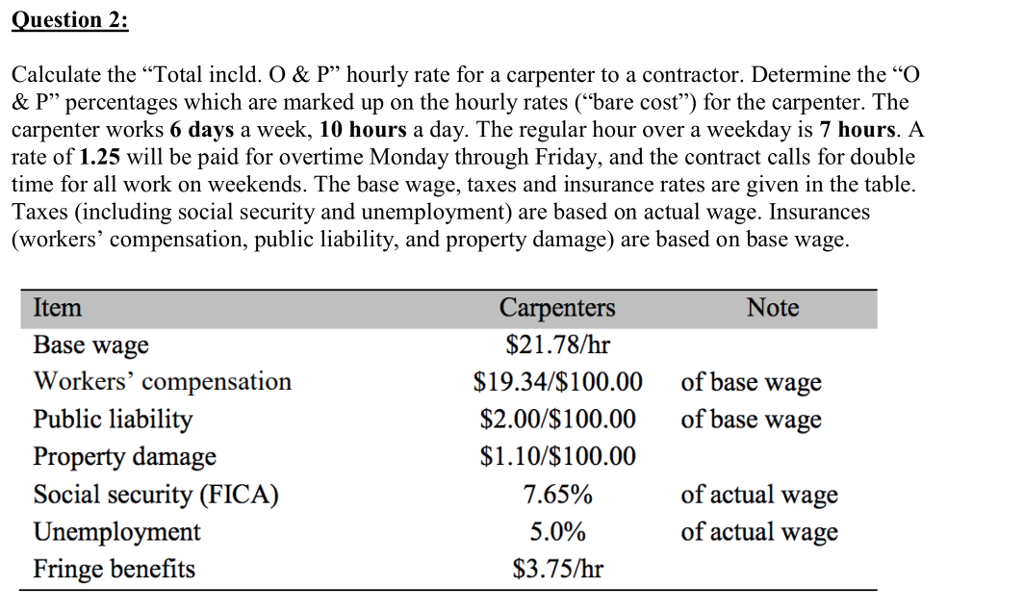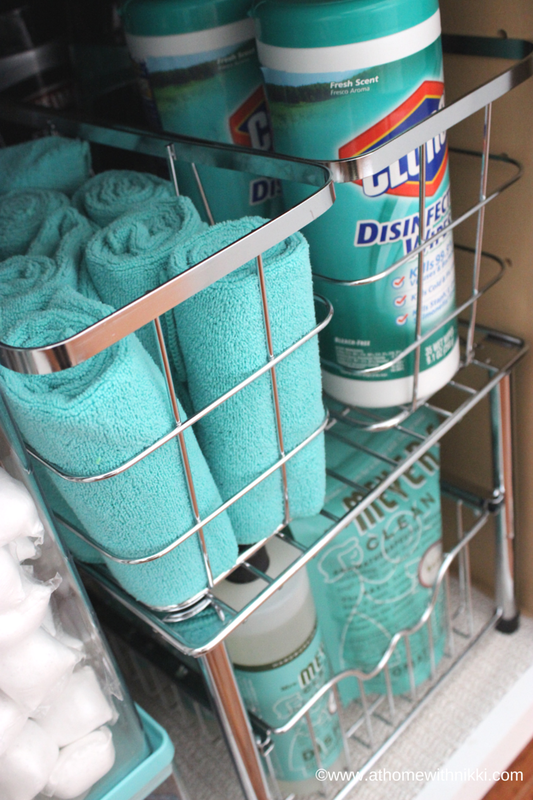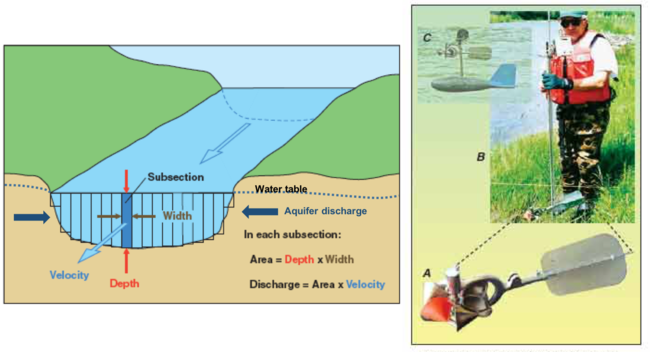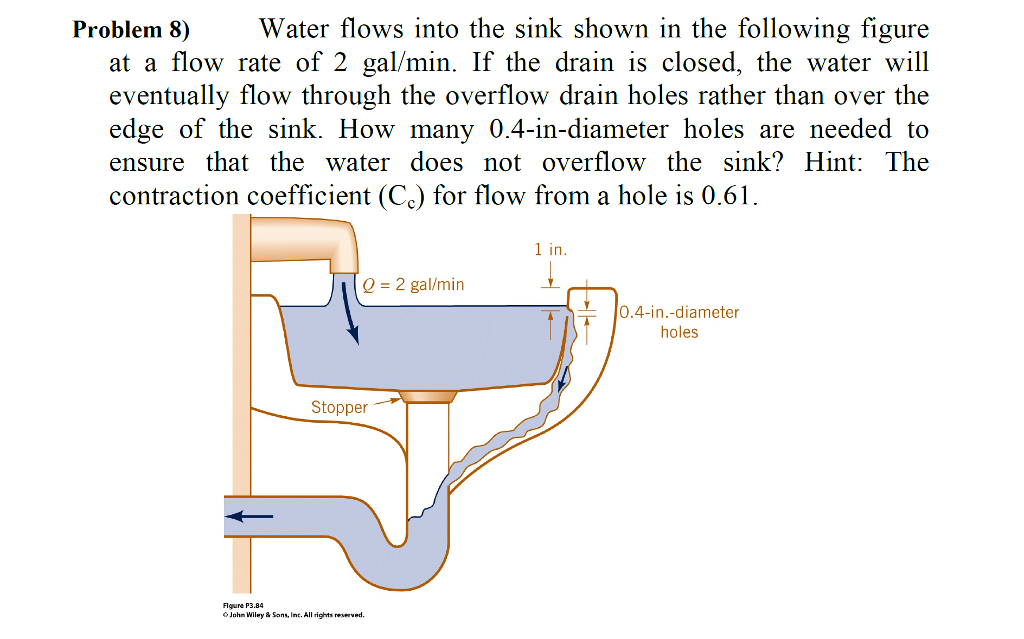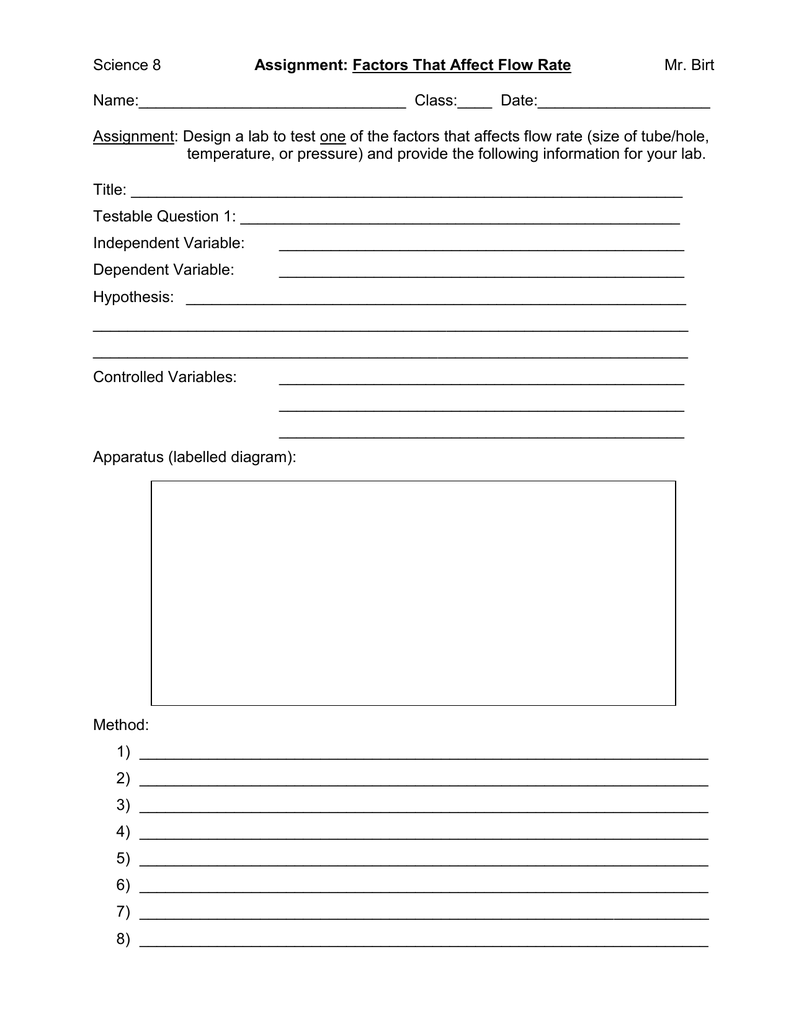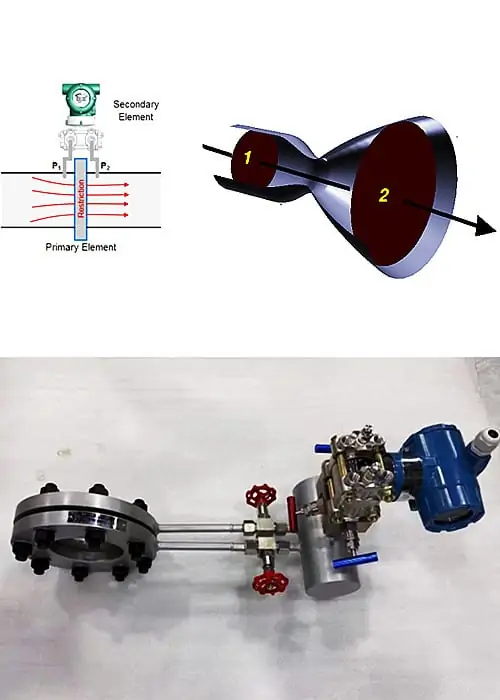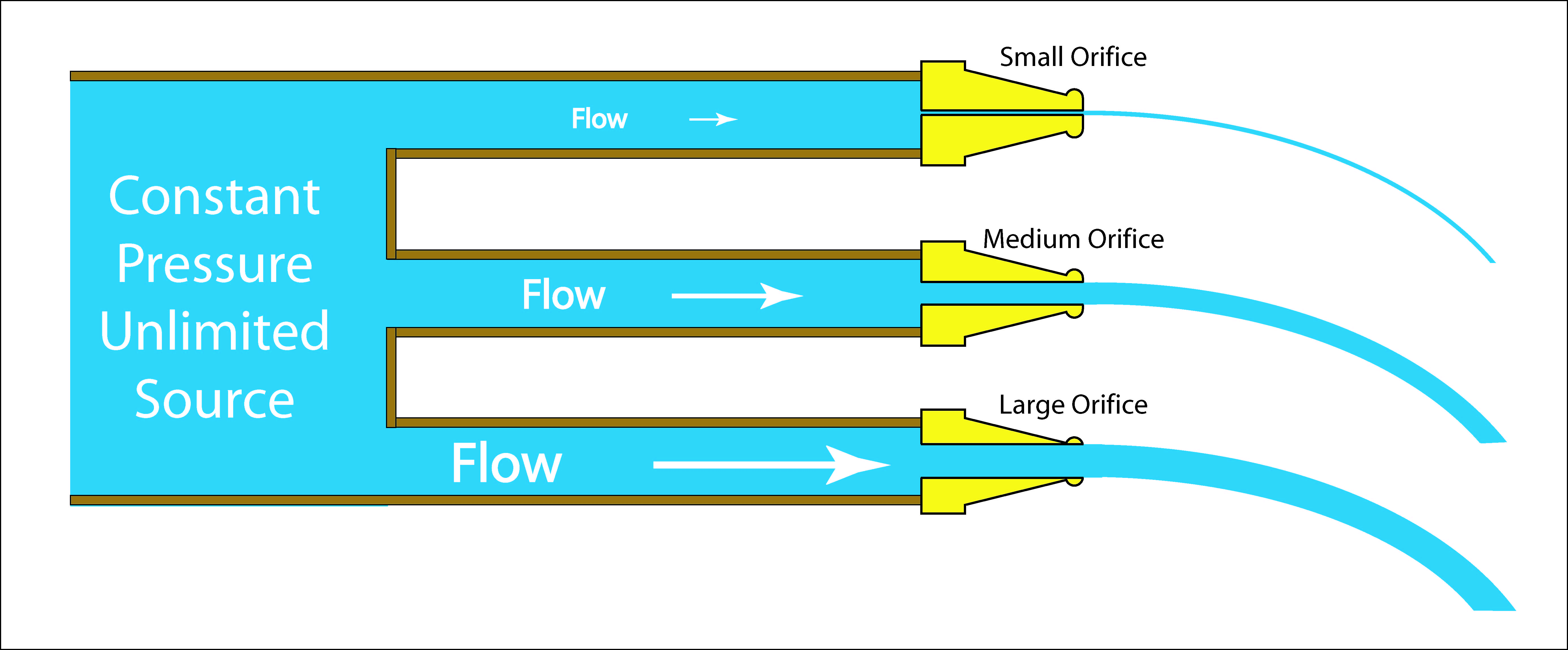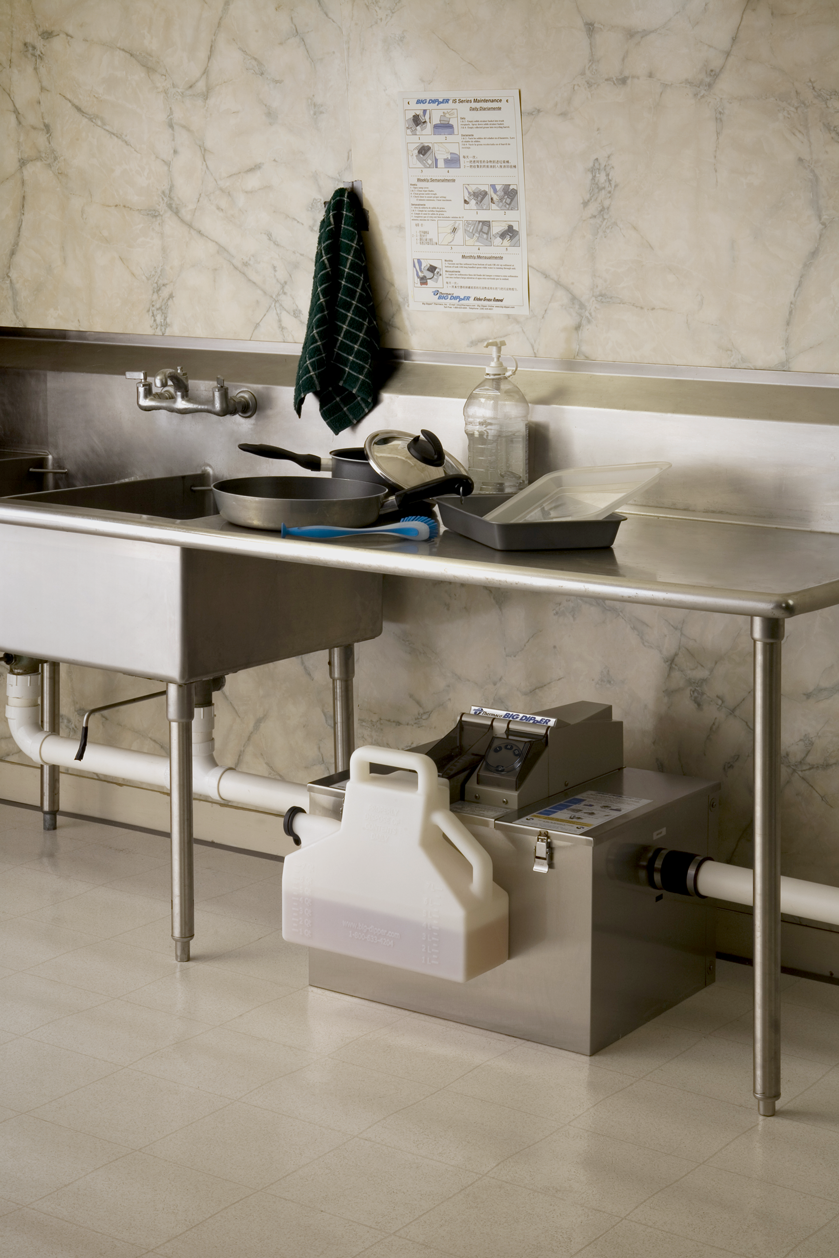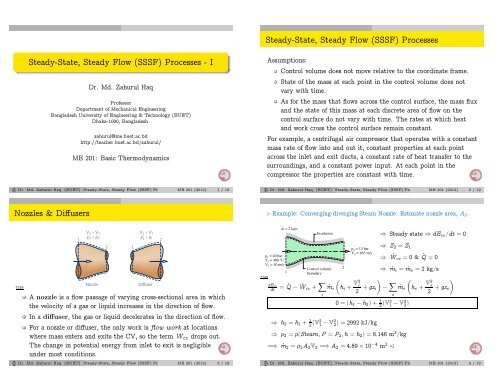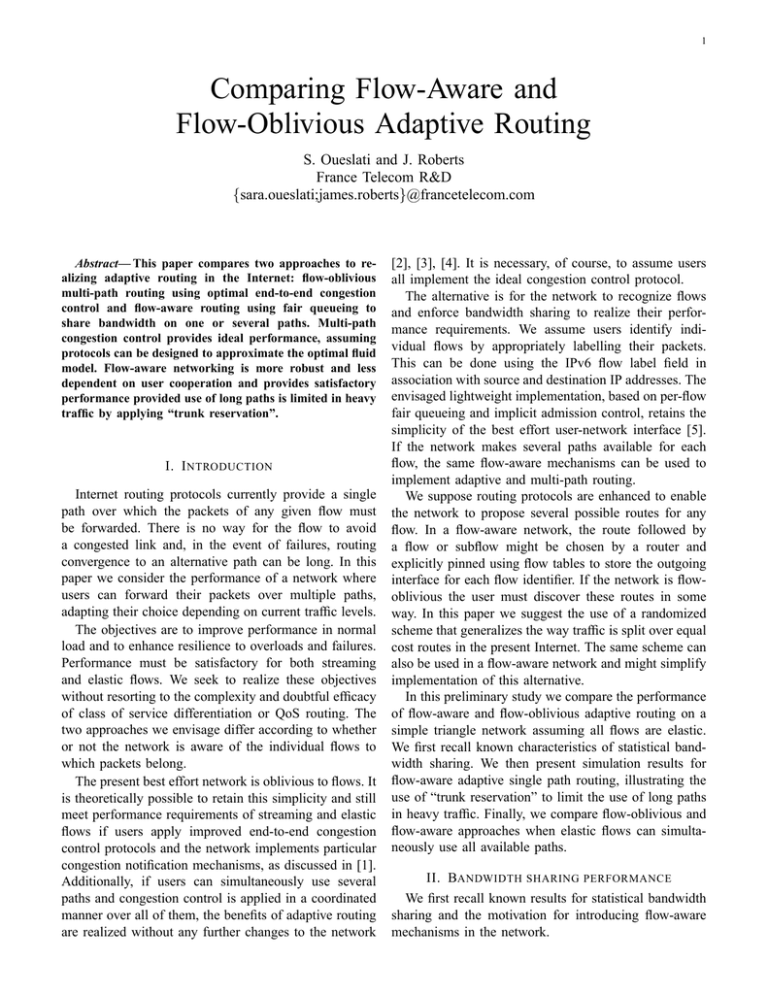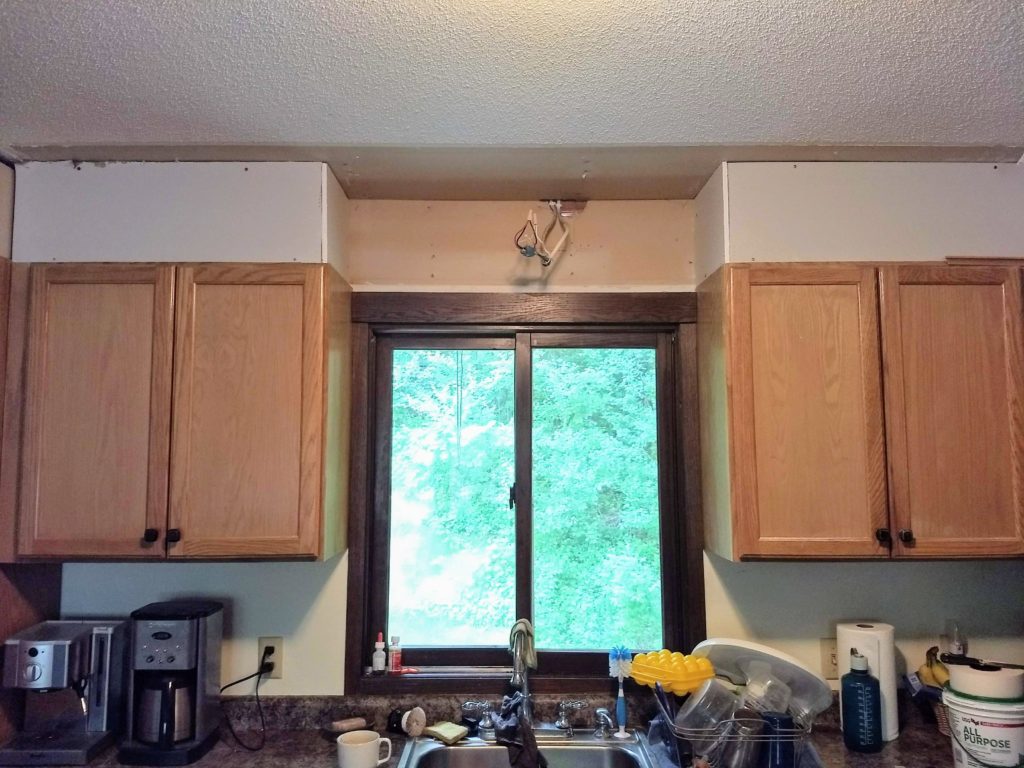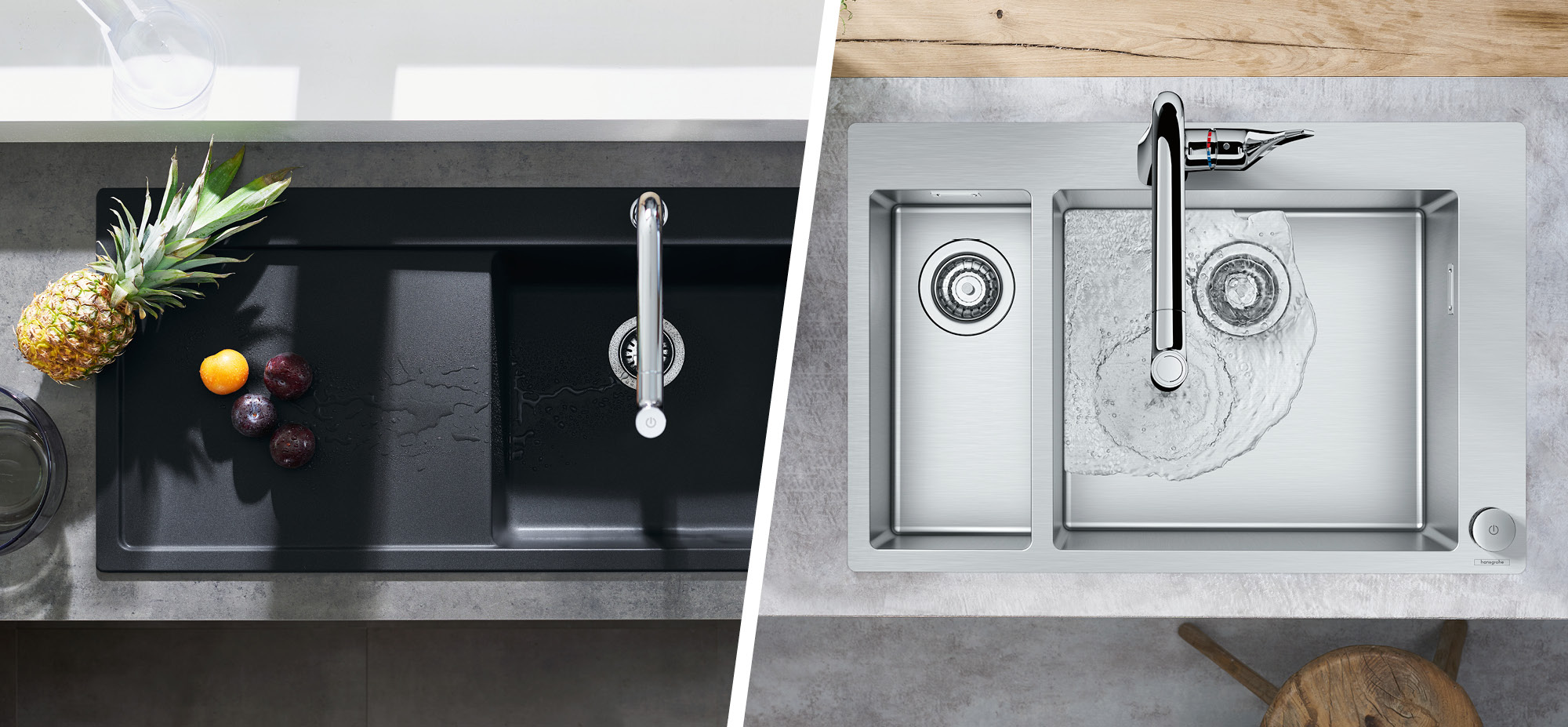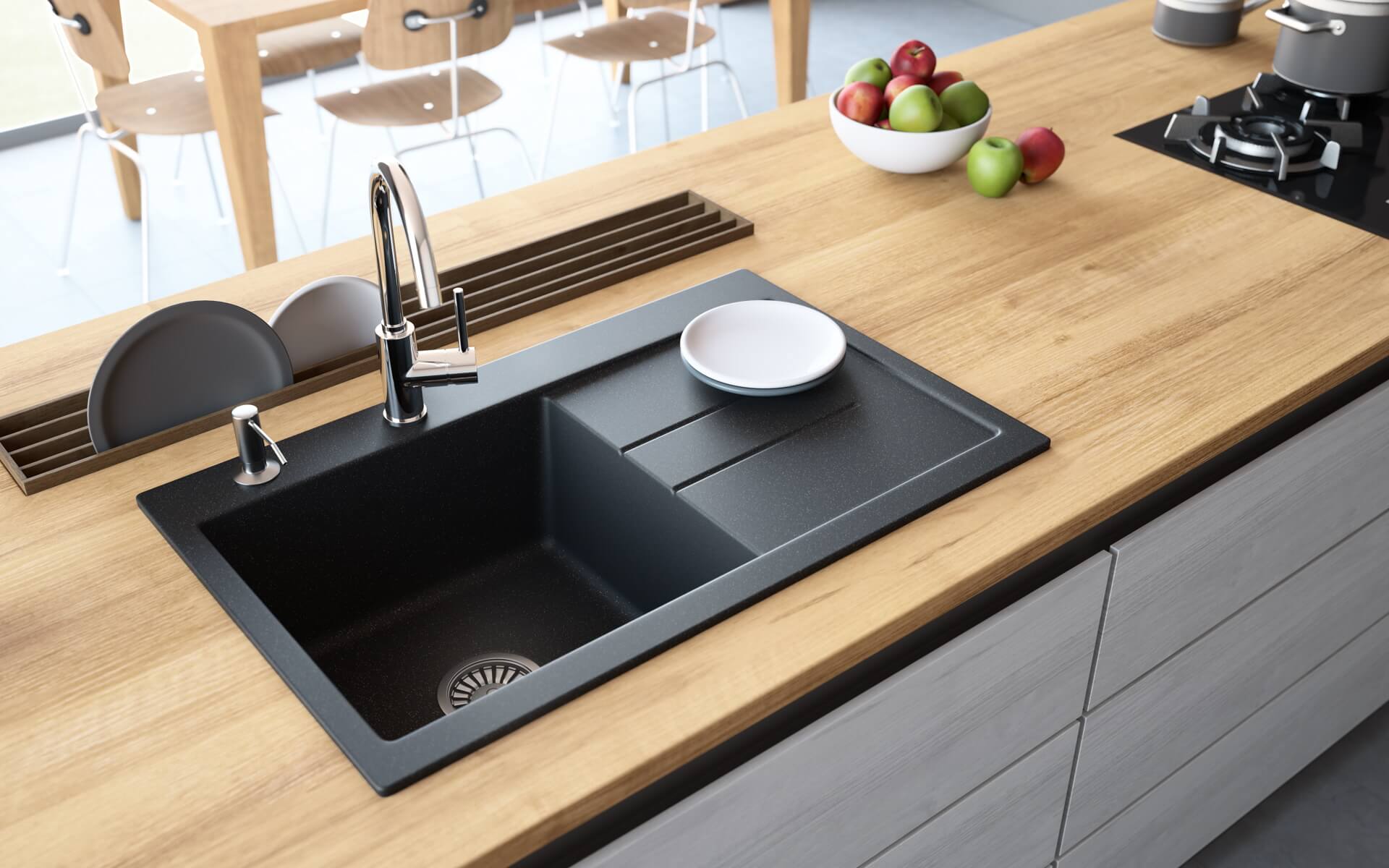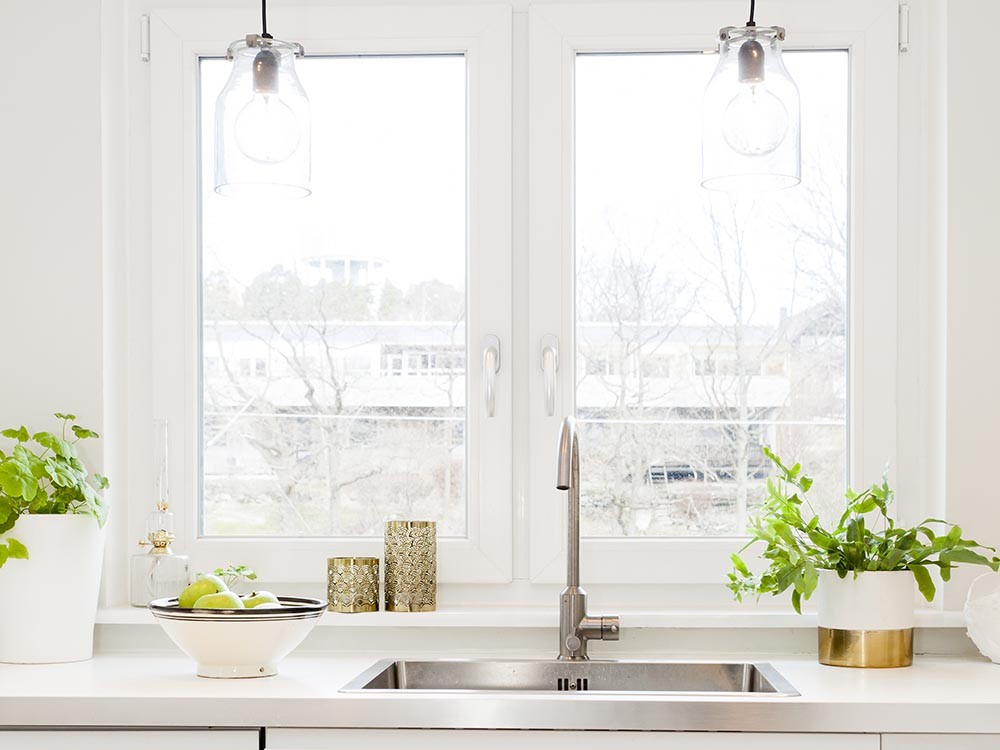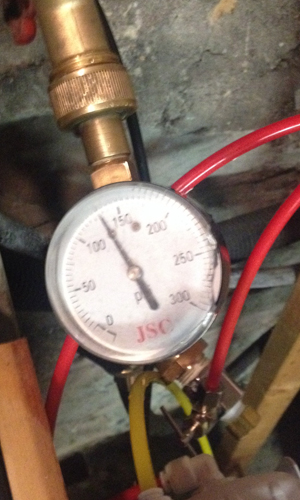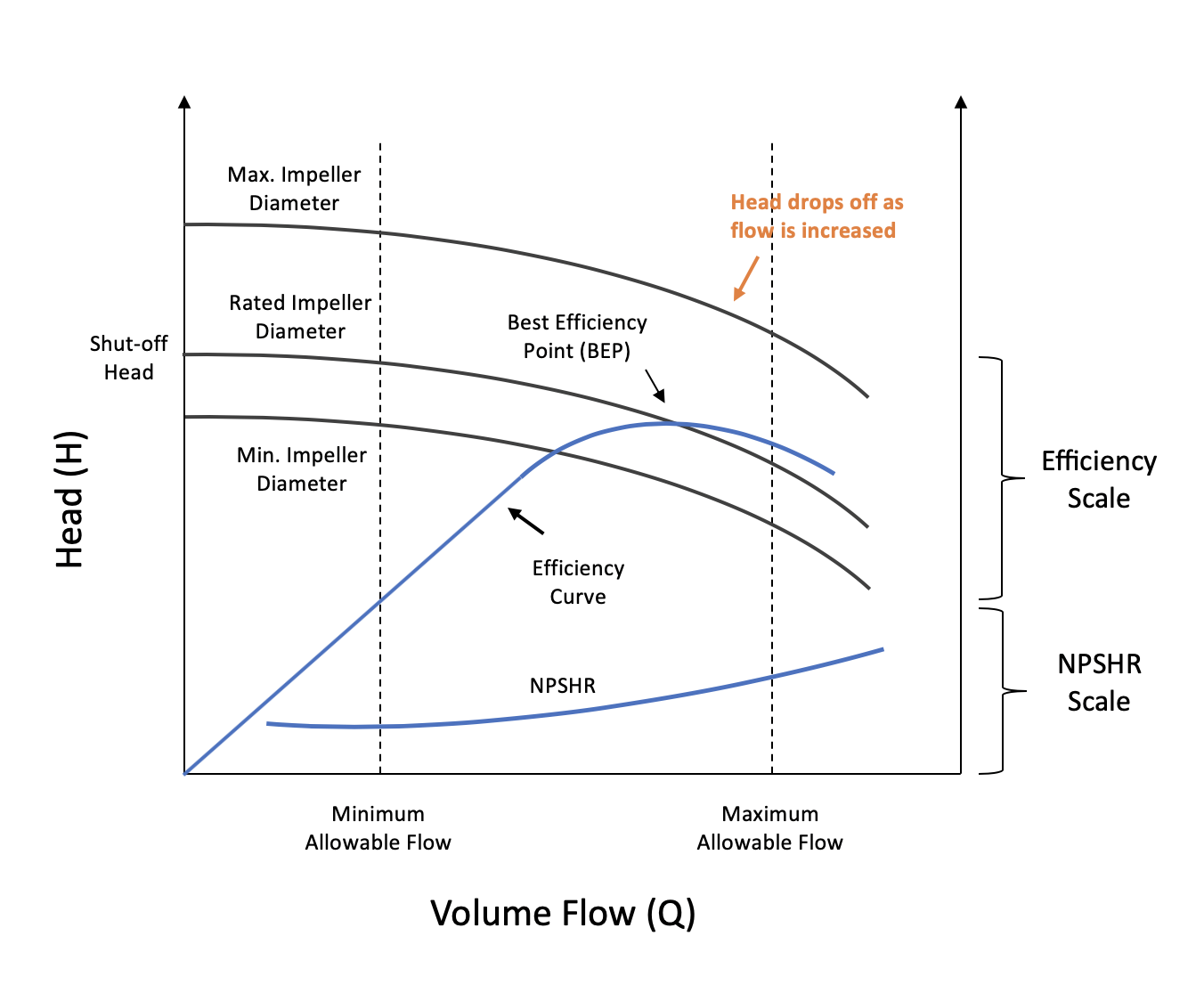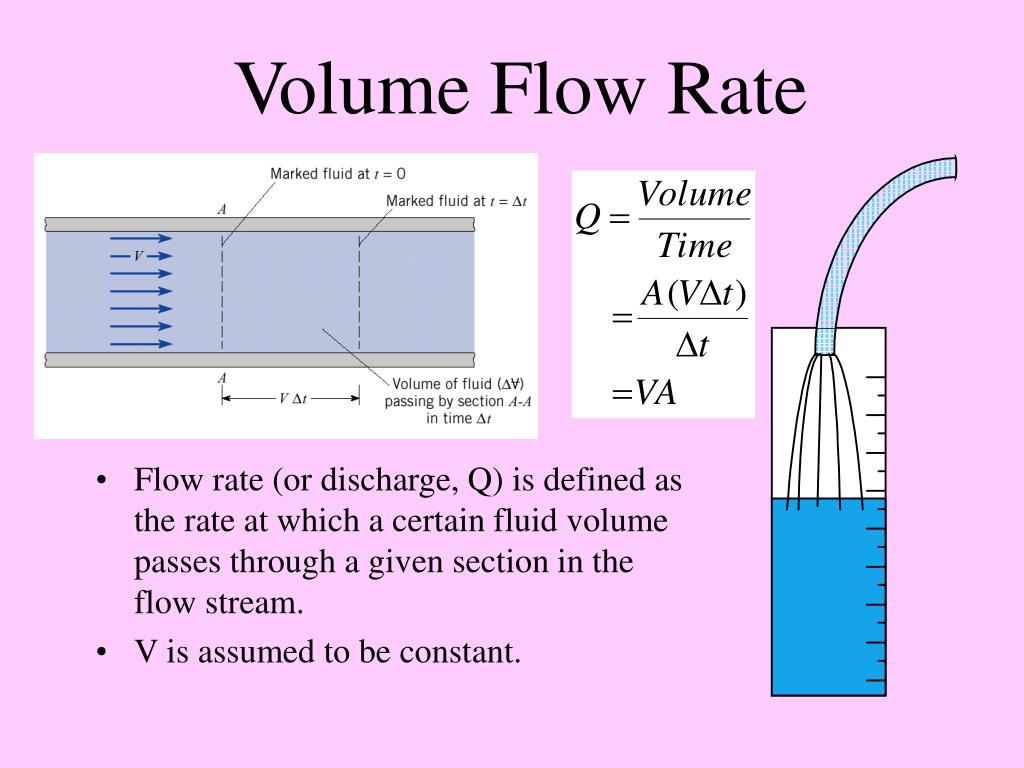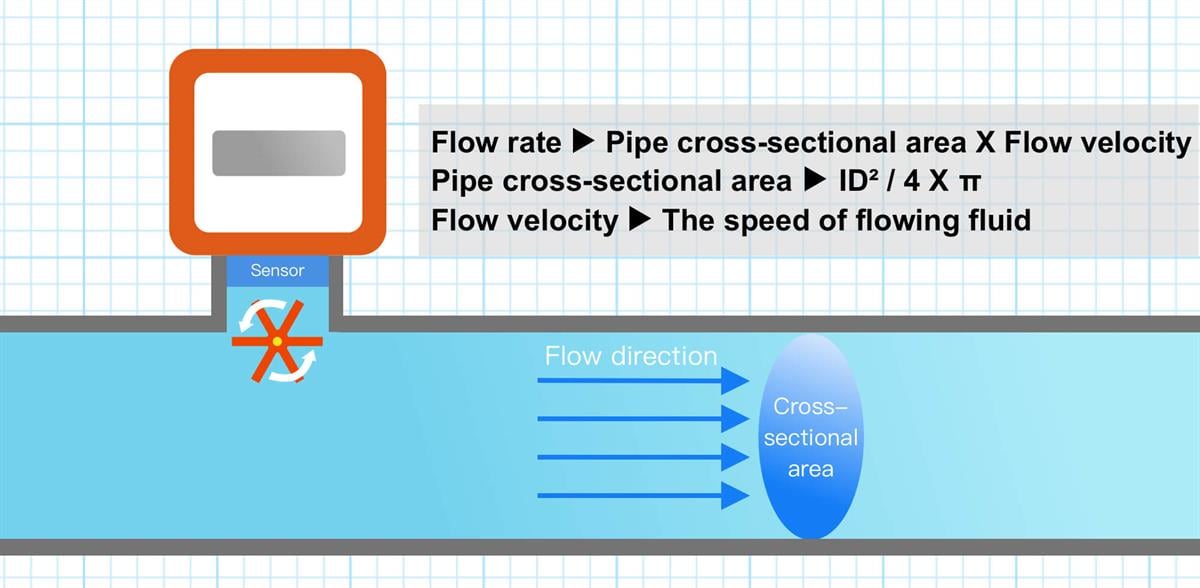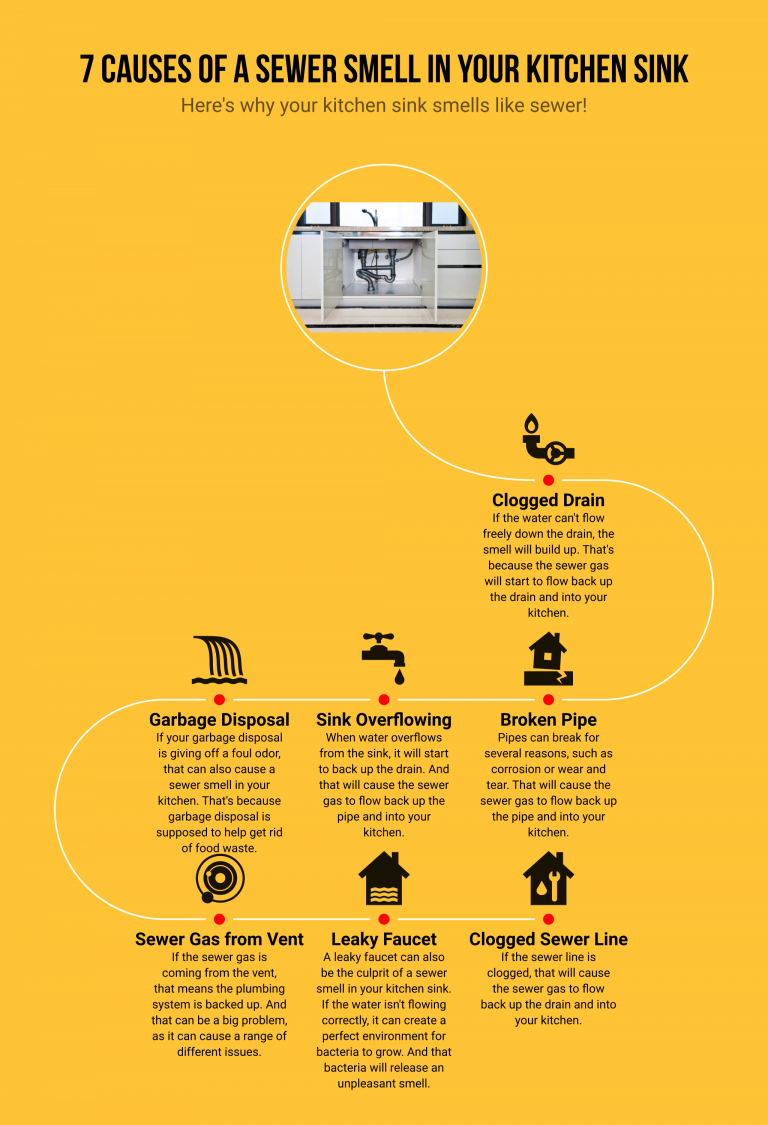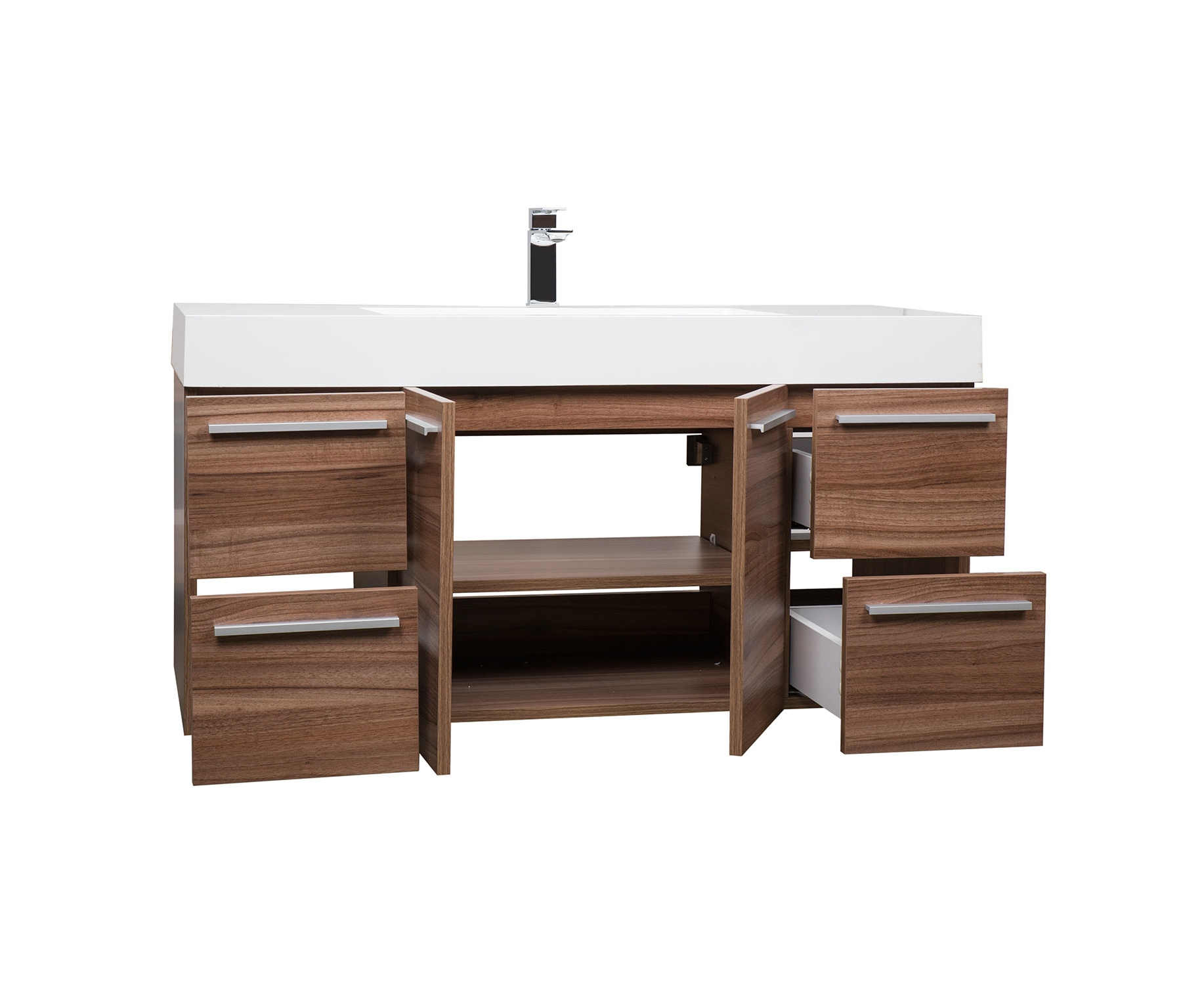If you're in the market for a new kitchen sink, one important factor to consider is the flow rate. This refers to the amount of water that can flow out of the faucet in a given amount of time. The typical flow rate for a kitchen sink is around 2-2.5 gallons per minute (GPM). This means that for every minute the faucet is running, 2-2.5 gallons of water will come out. However, this rate can vary depending on several factors.What is the Typical Flow Rate for a Kitchen Sink?
Now that you know the typical flow rate for a kitchen sink, it's important to understand how this rate is determined. The flow rate is measured by using a flow meter, which calculates the amount of water that passes through the faucet in a given amount of time. The flow rate can also be affected by the water pressure in your home, as well as the type of faucet and plumbing system you have.Understanding the Average Flow Rate of a Kitchen Sink
If you're curious about the flow rate of your current kitchen sink, you can easily measure it yourself. All you need is a measuring cup and a timer. Simply place the measuring cup under the faucet and turn on the water for one minute. Then, measure the amount of water in the cup to determine the flow rate. If it's significantly lower than the typical rate, you may have an issue with your faucet or plumbing system.Measuring the Flow Rate of Your Kitchen Sink
As mentioned earlier, several factors can affect the flow rate of a kitchen sink. One of the main factors is the water pressure in your home. If your water pressure is too low, it can result in a lower flow rate. On the other hand, if your water pressure is too high, it can lead to a higher flow rate. The type of faucet you have can also play a role, as some faucets are designed to have a higher flow rate than others.Factors That Affect the Flow Rate of a Kitchen Sink
If you're not satisfied with the flow rate of your kitchen sink, there are a few things you can do to increase it. One option is to install a new faucet with a higher GPM rating. You can also try cleaning the aerator, which is the small screen at the end of the faucet. Over time, debris and mineral deposits can build up in the aerator, causing a decrease in flow rate. Lastly, make sure your water pressure is at an appropriate level by adjusting the pressure regulator if necessary.How to Increase the Flow Rate of Your Kitchen Sink
Having a steady flow rate for your kitchen sink is important for several reasons. First and foremost, it affects the efficiency of your daily tasks. If the flow rate is too low, it can take longer to fill up a pot or wash dishes. On the other hand, if the flow rate is too high, it can result in water splashing out of the sink and causing a mess. Additionally, maintaining a steady flow rate can help conserve water and save you money on your water bill.The Importance of Maintaining a Steady Flow Rate for Your Kitchen Sink
When shopping for a new kitchen sink, it's important to consider the flow rate of different models. Some sinks may have a higher flow rate than others, which can be beneficial for certain tasks. For example, if you frequently fill up large pots or have a lot of dishes to wash, a higher flow rate may be more convenient. However, if you're looking to conserve water, a sink with a lower flow rate may be a better option.Comparing Flow Rates of Different Kitchen Sink Models
If you're in the process of choosing a new kitchen sink, here are a few tips to keep in mind when it comes to flow rate:Tips for Choosing a Kitchen Sink with the Right Flow Rate
As mentioned earlier, the water pressure in your home can have a significant impact on the flow rate of your kitchen sink. If you're experiencing low water pressure, it's important to address the issue as it can affect more than just your sink's flow rate. Low water pressure can also cause issues with other appliances and fixtures in your home, such as your shower or dishwasher.Understanding the Relationship Between Flow Rate and Water Pressure in Your Kitchen Sink
If you're experiencing a lower flow rate than usual, there may be an underlying issue that needs to be addressed. Some common problems that can affect the flow rate of a kitchen sink include clogged pipes, a faulty faucet, or a malfunctioning pressure regulator. If you're unable to determine the cause of the issue, it's best to consult with a professional plumber for an accurate diagnosis and solution.Common Problems That Can Affect the Flow Rate of Your Kitchen Sink
The Importance of a Typical Kitchen Sink Flow Rate in House Design

What is a Typical Kitchen Sink Flow Rate?
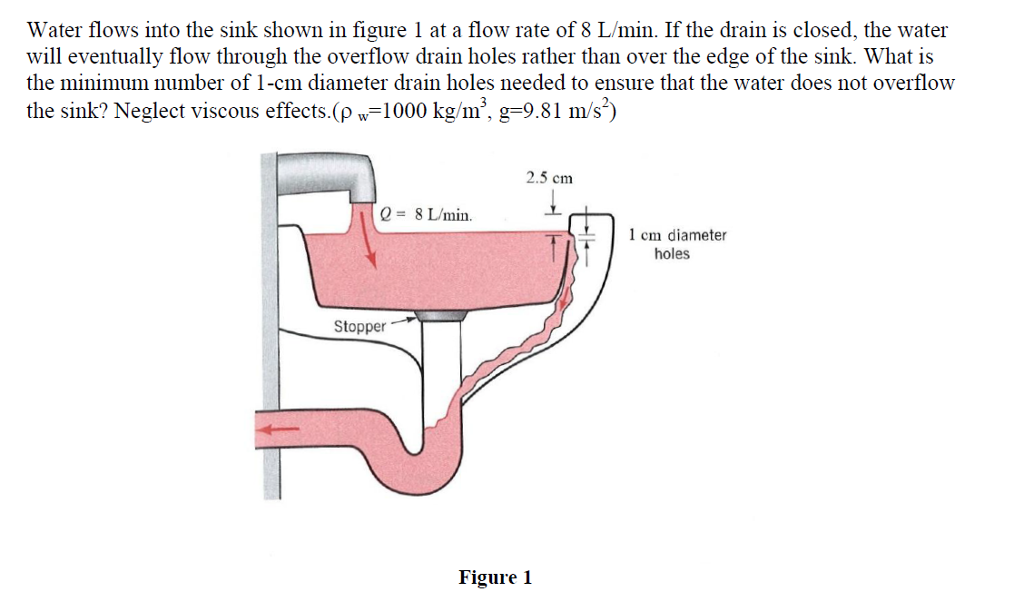 When designing a house, one may not give much thought to the flow rate of their kitchen sink. However, it is an essential factor to consider to ensure a functional and efficient kitchen. The flow rate refers to the volume of water that comes out of the faucet in a certain amount of time, typically measured in gallons per minute (GPM). A typical kitchen sink flow rate is around 2.2 GPM, but it can vary depending on the type of faucet and water pressure in the house.
When designing a house, one may not give much thought to the flow rate of their kitchen sink. However, it is an essential factor to consider to ensure a functional and efficient kitchen. The flow rate refers to the volume of water that comes out of the faucet in a certain amount of time, typically measured in gallons per minute (GPM). A typical kitchen sink flow rate is around 2.2 GPM, but it can vary depending on the type of faucet and water pressure in the house.
The Impact of a Low Flow Rate
 Having a low flow rate in your kitchen sink can be a major inconvenience. It can lead to longer wait times for water to fill pots or wash dishes, making daily kitchen tasks more time-consuming. This can be frustrating and can also waste water, as you may need to run the faucet for longer periods to get the desired amount of water. Additionally, a low flow rate can affect the functionality of appliances such as dishwashers and ice makers that rely on a steady water supply.
Proper Kitchen Sink Flow Rate for Efficiency
Having a typical kitchen sink flow rate of 2.2 GPM is recommended for optimal efficiency in the kitchen. This flow rate allows for a good balance between water pressure and volume, making tasks like dishwashing and filling pots quick and easy. It also ensures that appliances that require a certain flow rate, such as a dishwasher, can function properly. Moreover, having an adequate flow rate can save on water and energy costs, as you won't have to use excessive amounts of water to complete daily tasks.
Having a low flow rate in your kitchen sink can be a major inconvenience. It can lead to longer wait times for water to fill pots or wash dishes, making daily kitchen tasks more time-consuming. This can be frustrating and can also waste water, as you may need to run the faucet for longer periods to get the desired amount of water. Additionally, a low flow rate can affect the functionality of appliances such as dishwashers and ice makers that rely on a steady water supply.
Proper Kitchen Sink Flow Rate for Efficiency
Having a typical kitchen sink flow rate of 2.2 GPM is recommended for optimal efficiency in the kitchen. This flow rate allows for a good balance between water pressure and volume, making tasks like dishwashing and filling pots quick and easy. It also ensures that appliances that require a certain flow rate, such as a dishwasher, can function properly. Moreover, having an adequate flow rate can save on water and energy costs, as you won't have to use excessive amounts of water to complete daily tasks.
Factors that Affect the Kitchen Sink Flow Rate
 Several factors can affect the flow rate of a kitchen sink, including the type of faucet, water pressure, and the condition of the plumbing system. Older homes may have lower flow rates due to outdated plumbing systems, while newer homes with modern plumbing may have a higher flow rate. Additionally, the type of faucet, such as a standard or high-arc faucet, can also impact the flow rate.
Consulting a Professional for Optimal Flow Rate
When designing a house, it is crucial to consult a professional plumber to determine the optimal flow rate for your kitchen sink. They can assess your home's water pressure and plumbing system to recommend the appropriate flow rate for your specific needs. They can also help you choose the right faucet that will provide the desired flow rate while complementing your kitchen's design.
Conclusion
In conclusion, the flow rate of a kitchen sink may seem like a small detail in house design, but it plays a significant role in the functionality and efficiency of your kitchen. It is essential to consider the recommended flow rate of 2.2 GPM when choosing a faucet and consulting a professional plumber for optimal results. With the right flow rate, you can ensure a smooth and hassle-free kitchen experience while also saving on water and energy costs.
Several factors can affect the flow rate of a kitchen sink, including the type of faucet, water pressure, and the condition of the plumbing system. Older homes may have lower flow rates due to outdated plumbing systems, while newer homes with modern plumbing may have a higher flow rate. Additionally, the type of faucet, such as a standard or high-arc faucet, can also impact the flow rate.
Consulting a Professional for Optimal Flow Rate
When designing a house, it is crucial to consult a professional plumber to determine the optimal flow rate for your kitchen sink. They can assess your home's water pressure and plumbing system to recommend the appropriate flow rate for your specific needs. They can also help you choose the right faucet that will provide the desired flow rate while complementing your kitchen's design.
Conclusion
In conclusion, the flow rate of a kitchen sink may seem like a small detail in house design, but it plays a significant role in the functionality and efficiency of your kitchen. It is essential to consider the recommended flow rate of 2.2 GPM when choosing a faucet and consulting a professional plumber for optimal results. With the right flow rate, you can ensure a smooth and hassle-free kitchen experience while also saving on water and energy costs.









